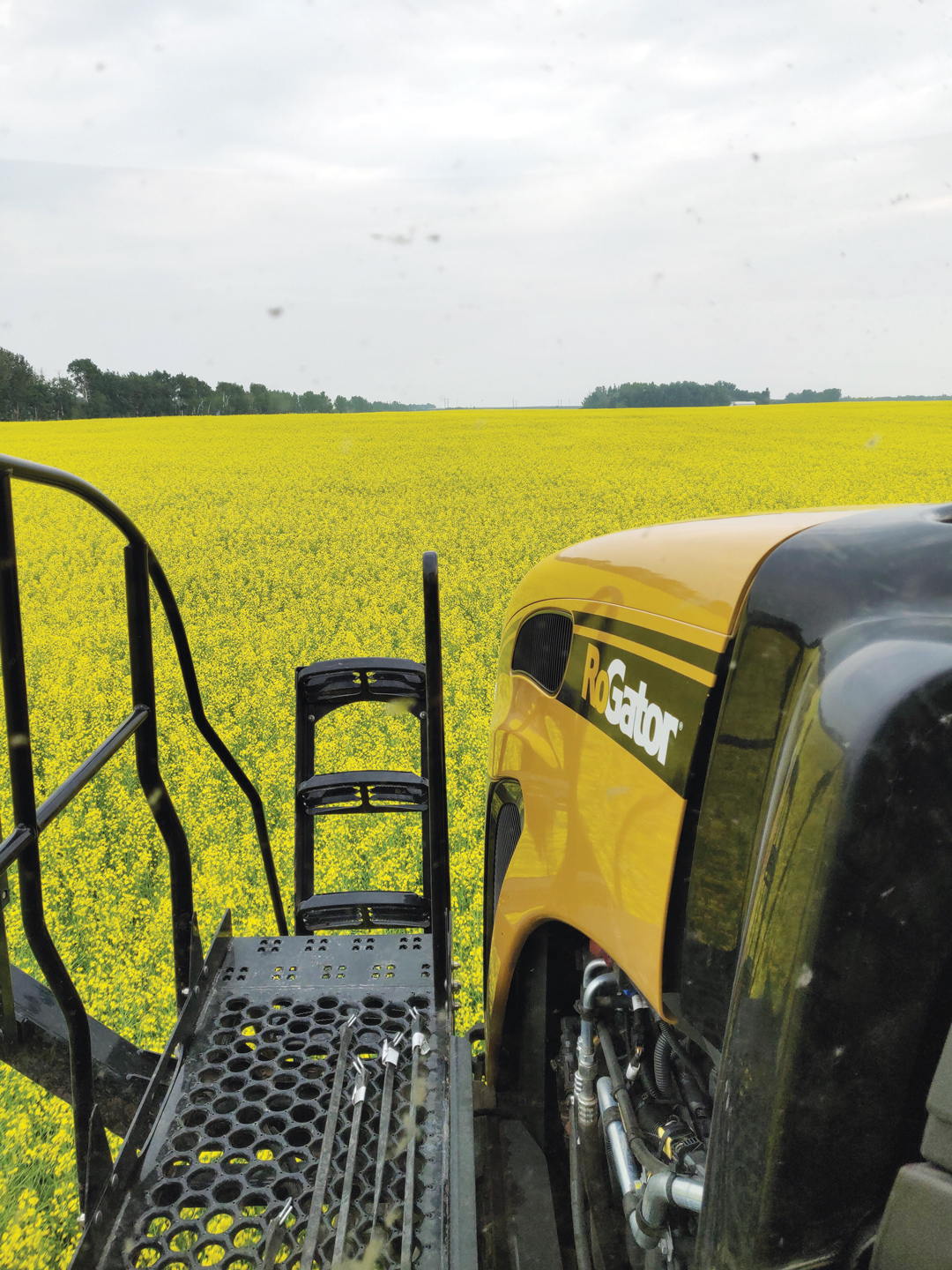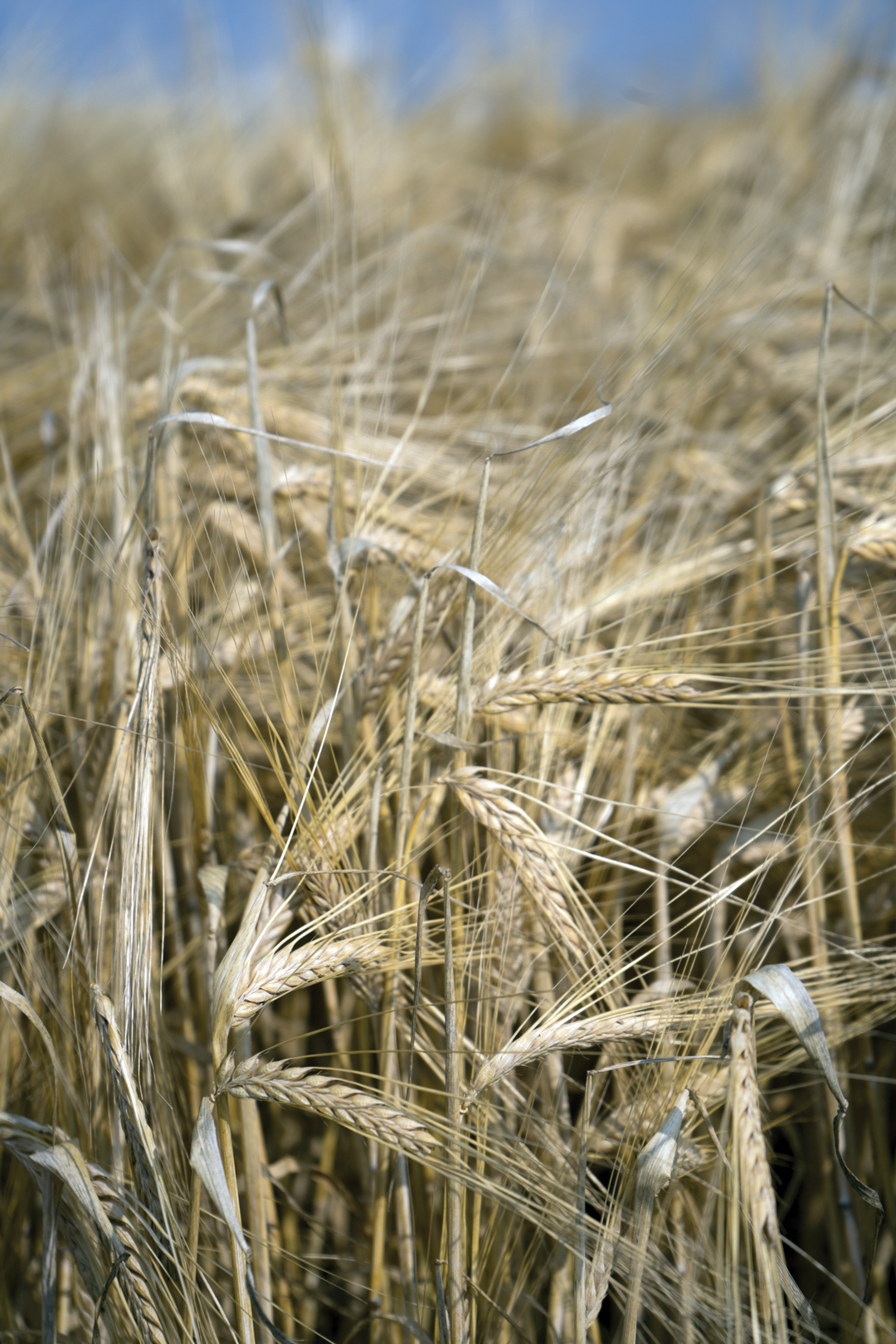PRESCRIPTION PICKUP
BY DANIEL STEFNER • PHOTO COURTESY OF OLDS COLLEGE
At the Olds College Smart Farm, we have concluded a two-year project trialing the suitability of satellite imagery to build in-crop variable rate (VR) prescriptions. The project assessed the software used to access normalized difference vegetation index (NDVI) imagery captured by satellites. It built VR prescriptions based on the imagery and we then applied that prescription in the field. We identified multiple benefits that include product savings, increased field productivity, opportunities for increased water rates and quick turnaround times to produce prescriptions. Additionally, we noted a few key conclusions.
Not every product is meant or eligible for VR
We completed three separate in-field trials that used a barley fungicide, a canola fungicide and a canola desiccant. All featured label rates with limitations that constrained variability in product application. So, the suitability of in-crop VR on a given farm comes back to management strategies. What product is best for your growing conditions, pesticide group rotations and desired product strength?
Good quality, properly timed imagery is crucial to build prescriptions
With fungicides as an example, it is necessary to wait for crop canopy closure of cereals and to use NDVI imagery prior to canola flowering. Imagery collected once canola has flowered can misrepresent your field management zones. This is also true of the soil surface if imagery is taken too early. The sweet spot for the capture of NDVI imagery that accurately reflects the health of the field occurs once the canopy has closed but prior to flowering.
In the summer of 2022, between June 10 and July 11, we had just one good quality image to work with for several fields due to cloud cover. Clouds, cloud shadows, smoke and other factors can all impact imagery and make it unusable to build prescriptions. While this can’t be controlled, it’s necessary to be mindful and plan accordingly.
You must be prepared for variability beyond what you are spraying for
Realize that your equipment capabilities will factor into the precision of the application. In flat rate applications, calculate your required tank volume (10 gallons/acre x 70 acres = 700 gallons) plus a few extra litres to ensure adequate solution. However, that same field in VR isn’t as straightforward. Numerous factors influence the total amount of product applied. For prescriptions, the level of detail the map contains and the number of target rates are both important. Moreover, the capability of the equipment to hit the target rate, its operational efficiency in transition zones between rates and the type of sectional control equipped (individual nozzle versus section versus boom width) are significant contributing factors to total product use.
As we completed our trials, we experienced both situations. In certain instances, we ran out of solution before the field was complete, and in others, we had a few acres’ worth of leftover product. It is hard to fill the tank with the correct amount of product when the rate fluctuates significantly. To some, this may sound like a solid case for direct injection systems.
The project proved satellite imagery is effective in the development of in-season product prescriptions. It can also be much less work to produce than drone captured imagery. But, it is important to verify the variability in the prescription meets your expectations of actual field variability. If not, it is best to take a walk in the field or consult a second source.
Daniel Stefner is a smart agriculture project lead and farm liaison with the Olds College Centre for Innovation.







Comments